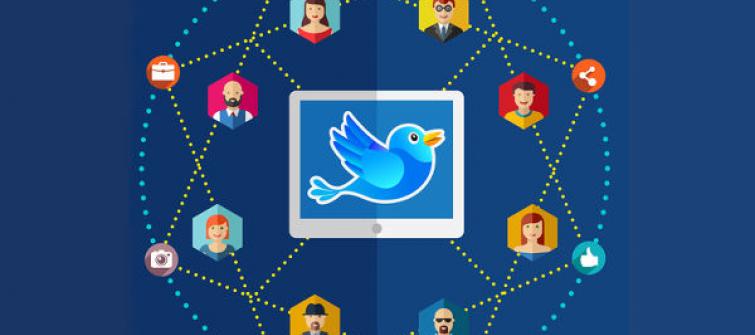Secrets for Using Twitter for Supply Market Intelligence

In our last post, we talked with Kelly Barner, blogger and Managing Editor of Buyers Meeting Point and co-author of Supply Market Intelligence for Procurement Professionals: Research, Processes and Resources (J. Ross Publishing, 2015) about the impact social media has had on how supply market intelligence is developed. According to Kelly, social media, particularly Twitter and LinkedIn, should be part of just about any research strategy. Today she shares some of her Twitter hacks with us.
Coupa: In your book, you call out Twitter as a great place to look at events as they are unfolding, rather than after they’ve been analyzed and committed to history as it were. How do you approach that?
Kelly: There's a huge opportunity for procurement practitioners to access Twitter as a news feed that they're able to customize by following people and building lists. Within my professional Twitter, I’ve created these groupings. There are people that I consider news sources. Then there are the companies that we partner with. You might have a general business grouping, and then if you're in a highly regulated industry or managing a highly regulated category of spend, you have one for the government agencies, or the very specialized news sources that are speaking to changes in regulations, or legal challenges that are coming up. These kinds of groupings make it very easy to stay abreast of the news and what’s topical in different areas.
Coupa: Do you prefer Twitter to LinkedIn, or some kind of news reader like Feedly?
Kelly: I do. I like it better. That's where I would tend to go. From a true information standpoint, I'm torn about LinkedIn. I think to some extent it's starting to run its course. I think what they're doing with posts is fantastic, but you have to be someone that takes the time to read and stays on top of these things. I think if we're really focused on news and information, at this point Twitter is the better source. It's a better place to spend your time.
But I do think that it depends on what industry you're looking at, because they might be more or less advanced with social networks. They could be using the coolest, most up to the moment micro blogging or image posting thing that the kids are all using, but most industries will not have figured out how to use that yet.
In any new channel, the content has to have an opportunity to build and mature. If you're looking for a really solid representation of what's happening in a market, it takes something like a Twitter, which has been around long enough for Grandma to have an account and it's not totally cool anymore. You do have to reach that establishment phase for it to be a place where you can get anything more than totally transient little pieces of data flitting around.
At this point, any of the groups that you would consider authoritative within procurement have Twitter accounts and they're all out there putting out their information. It is an aggregator, so you're not going to ten different sites, or sorting through six different daily feed emails, and trying to stay on top of it. It's all together in one place.
Coupa: Do you still hear a lot of people say, "Procurement people aren't on Twitter?"
Kelly: You know, I'm starting to see an awful lot of procurement people on it. It's one of those things that I try to be very good about, and I love the fact that it's so easy from a mobile standpoint. I am seeing more and more procurement and supply chain practitioners as individuals setting up accounts on Twitter. They’re not necessarily putting out a whole lot on their own but they’re absolutely following and listening. And they’re identifying themselves as procurement and supply chain right in that brief description, so you know that there's some professional intent associated with their account. It's not just about cute kids' pictures from the weekend. By the way, my professional Twitter is completely separate from my private Twitter. That’s a whole other warning to the profession.
For information gathering, bringing in social media is a great connection. It's a reminder to go multi-dimensional, really meaning multi-channel. Don't just think traditional news sources. Include Twitter. Include some blogs. Get some of that opinion.
Thursday: Kelly’s tips for using LinkedIn